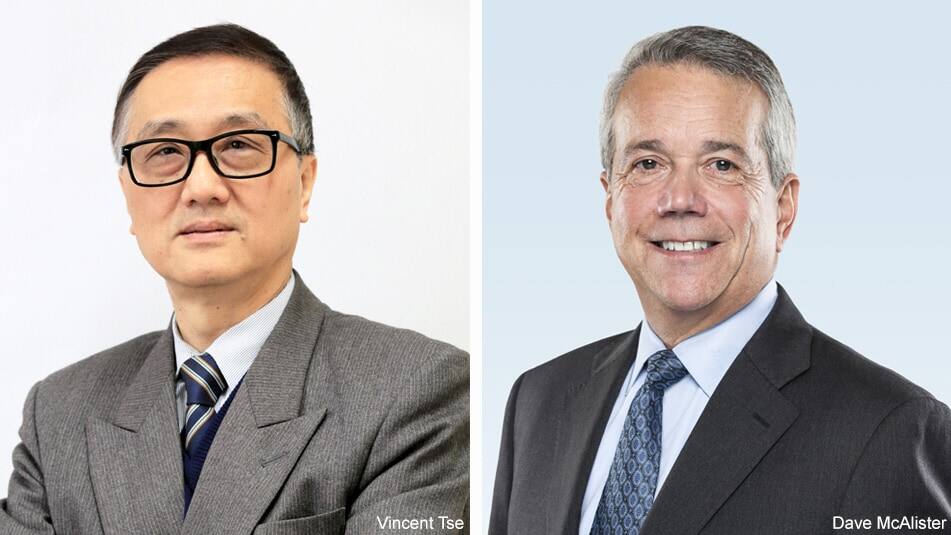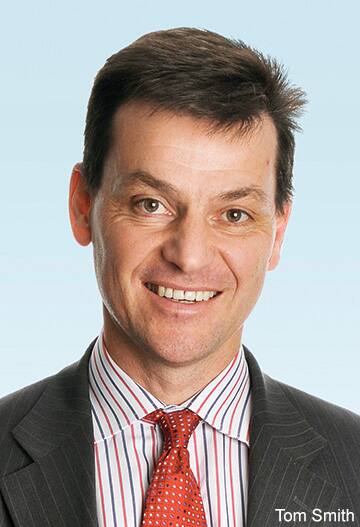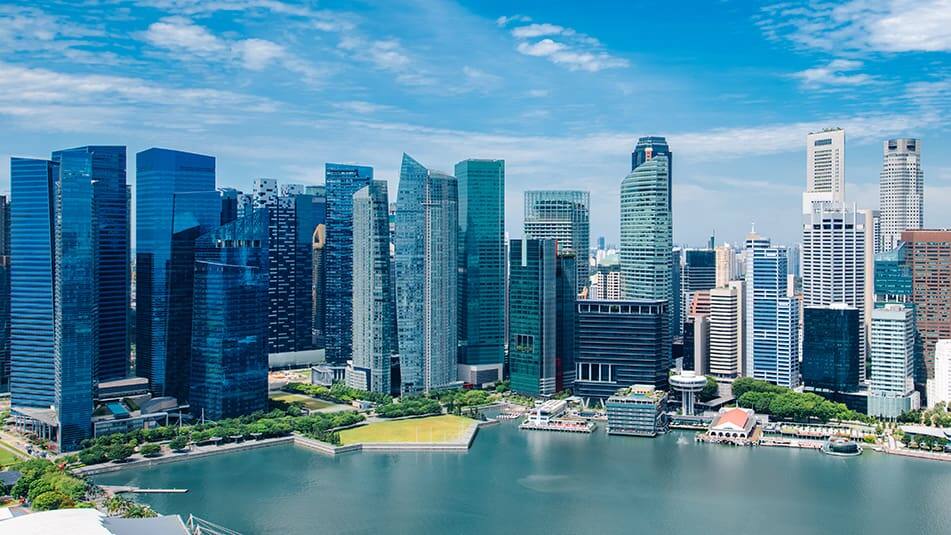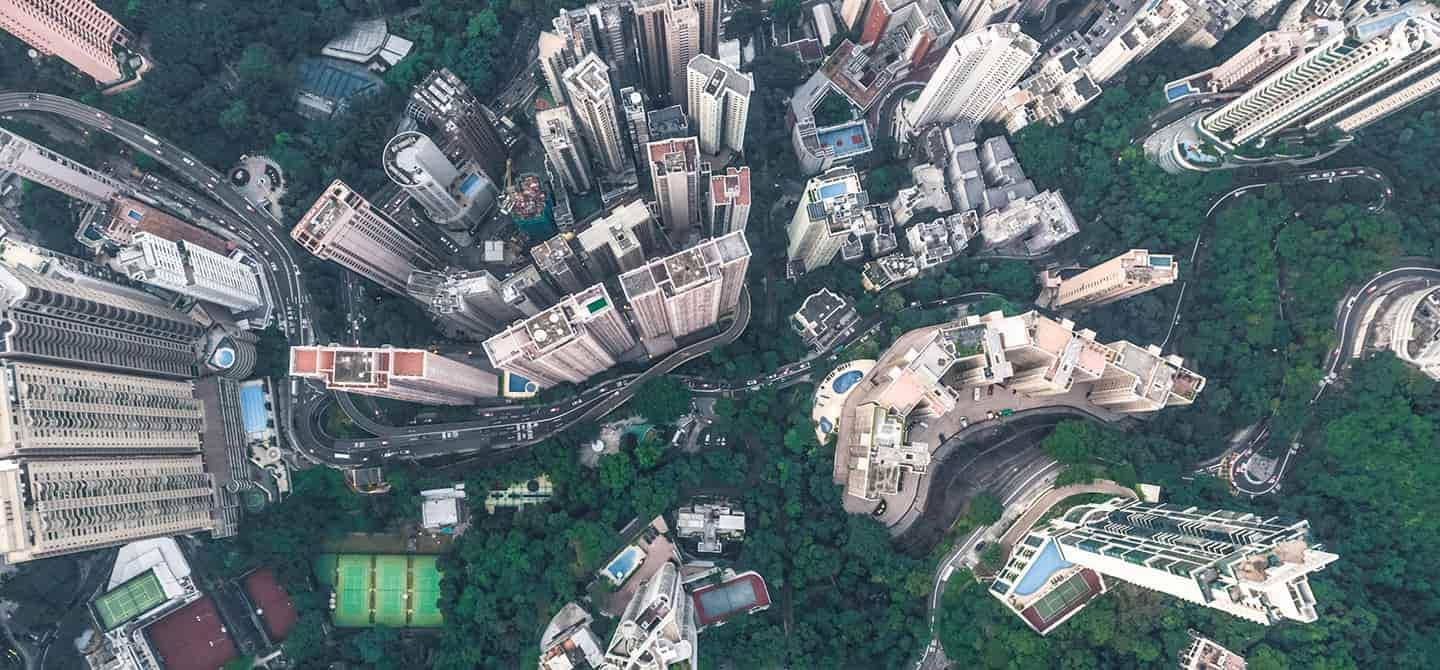Are you interested in KONE as a corporate business or a career opportunity?
Corporate siteOctober 10, 2019
In a tall, modern office building in Hong Kong, Vincent Tse, WSP’s managing director of mechanical, electrical and plumbing (MEP) Property and Buildings in Asia, is gazing out of his window at a bustling metropolis of some 7.5 million people. Hong Kong’s Mong Kok district, a couple of miles away, is often mentioned as the busiest in the world.
And yet, his view takes in multiple splashes of green. Open the window, and you’ll hear birdsong and the sound of the sea in Victoria Harbor. With so much nature woven into the fabric of the city, Hong Kong is a veritable garden of Eden notes Tse.

People who plan and build cities tend to notice things like this. It’s these small but important points that can make a big difference to whether people actually enjoy urban life or not. Tse’s colleague Dave McAlister, on the other side of the world in New York’s Manhattan, says that the days when people would happily commute long distances to get away from city life are increasingly becoming a thing of the past.
“We’re seeing more and more people wanting to live in cities,” says McAlister, who is WSP’s global director of Transport & Infrastructure. “Not just millennials, but retirees, too. They’re moving back. Because of that, we’re seeing more residential developments being built in the city core and that leads to a more vibrant community 24 hours a day, with cafés and restaurants that open at night. Reacting to that demand is probably the biggest change we’re seeing in terms of urban planning.”
Cities within a city

While a pin jabbed into the center of any city’s map will still usually land in its heart, we’re increasingly seeing overlapping “micro-cities” fanning out from this spot. A well-planned transport network facilitates this.
“The big trend is for development in and around where the transport hubs are, so that people can work and live near the stations,” says Tom Smith, WSP’s global director of Property and Buildings. These buzzing mini-cities not only become “destinations” in their own right, he says, but their transport links provide ready access to the city as a whole.
In the battle to wipe out soul-sapping commutes, taller buildings located in the exact spots that people actually want or need to be can be an answer. Multi-functional buildings of 50, 60 or even 80 floors, points out Tse, can serve people’s needs with office space, hotels, apartments and leisure facilities – all in one place.
“There’s a trend for vertical cities like this,” he says, “because mixed use can make a building so much more efficient. It also frees up space on the ground for trees and parks: in Hong Kong, for example, we’re no longer making 20-block developments that are 10 floors high, it’s all about fewer buildings but with 40 or 50 floors. It’s how we create more green space,” notes Tse.
When working on a new project, Tse says his starting point is what he calls “vertical transportation” – getting people up and down tall buildings as quickly and easily as possible. “My goal is to make these journeys more user-friendly, more efficient and more sustainable, using less energy,” he says, pointing out that modern technology (including, he notes, a whole suite of KONE solutions) is making this ever more possible.
A more open, shared space

Equally important as transport networks – both vertical and horizontal – are public spaces that are walkable and cyclable, say the WSP experts. In fact, Smith can imagine a world in the not-too-distant future in which all modes of transport co-exist seamlessly, with electric cars sharing road space with pedestrians and cyclists. New tech would eliminate the clutter we currently associate with city streets and would ensure efficient flow.
Ultimately, today’s urban planning is all about creating a healthy, safe place where people actually want to be. “A well-planned city with good security, schools and mobility will excite and inspire people,” says Smith. “They’ll come out and spend money – and that generates economic growth and wealth. It would be the kind of place that will also attract the top talent, which in turn will drive the city’s growth.”
Elsewhere on the horizon, the experts see more access points to stations from within buildings; extra thought going into making infrastructure more resilient to better cope with climate change; making city centers cleaner by sinking highways underground, a la Boston and Singapore; and, a little more futuristic perhaps, increasing demand for skybridges, which would enable people to move more easily from skyscraper to skyscraper.
Despite the many challenges, including financial, political and related to seeking inhabitants’ views on what cities need, there’s never been a more thrilling time to be an urban planner. Interestingly, it turns out that projects such as creating Indonesia’s new capital city on the island of Borneo are not necessarily the cherry on the cake.
“A few years ago, I went to Brasilia in Brazil which was built in the 1950s,” says Smith, “and it was quite a soulless place because it was driven by planning. Cities like Paris, London and Hong Kong have been around for hundreds of years, and because of that, they are more organic. I think from a design/planning point of view, it is much more exciting to look at how we're trying to transform or retrofit these existing cities with all of their constraints.”
WSP is a global professional services firm headquartered in Canada and a leading authority in the fields of transportation & infrastructure, property & buildings, environment, industry, resources & energy, and program & project management.
